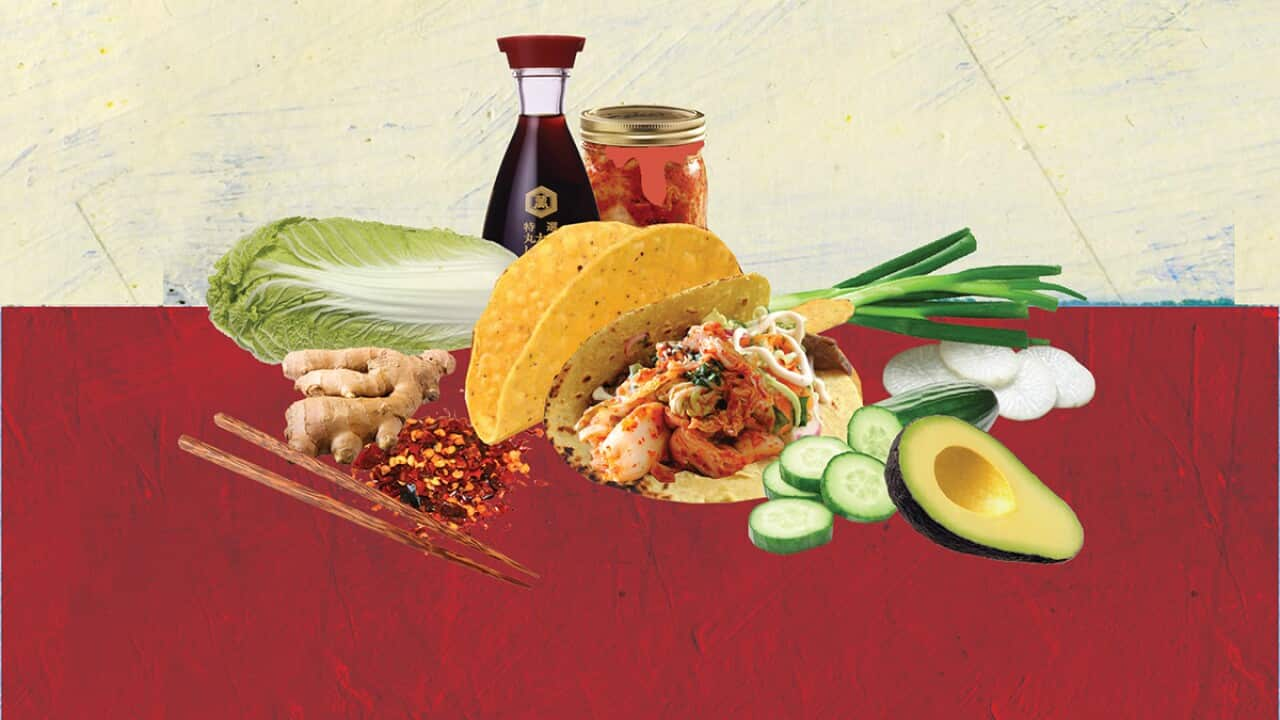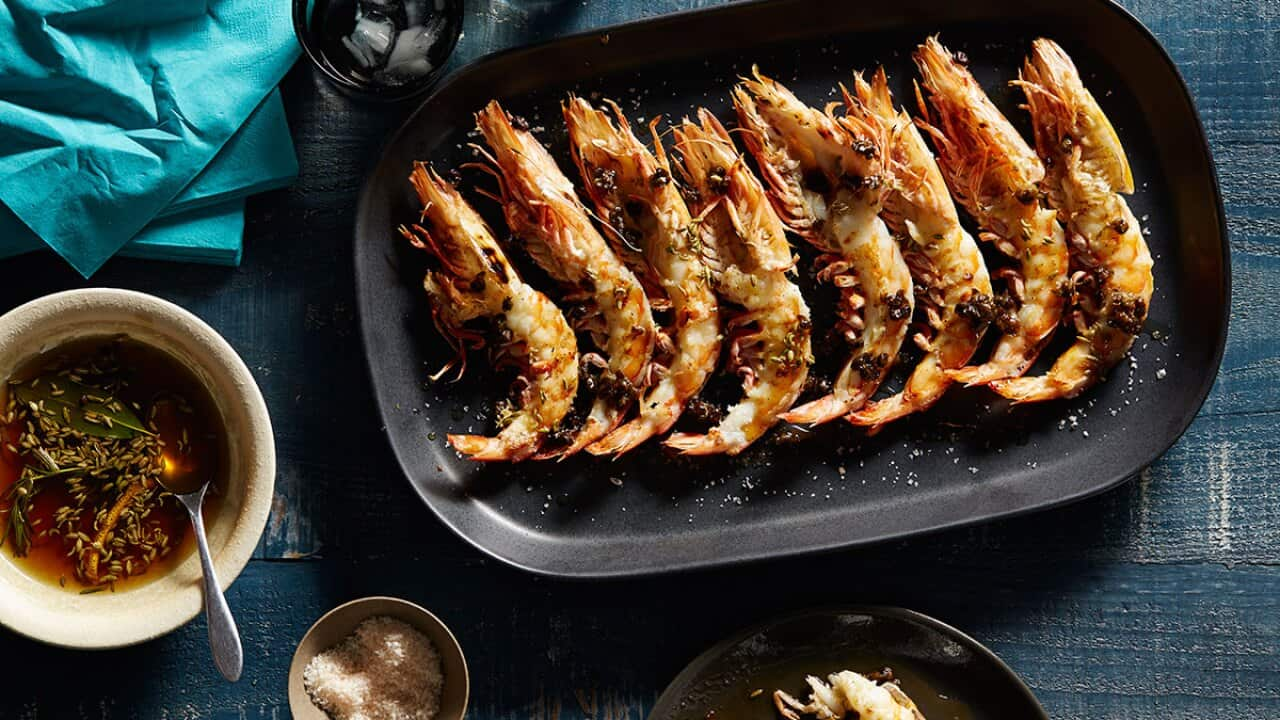When I come to choosing a holiday destination a deciding factor is often, ‘what will I eat there?’
I don’t believe I’m alone in this sentiment – Pushpesh Pant, an Indian food historian, is said to echo this belief about food fussiness as . I do wonder, though, how this works when someone on the other side of the world chooses Australia. The threads that make a cuisine are tradition, time, ingredients and outside influences, and for us these haven’t combined in a gentle or linear way. What we have is a melting pot of displaced indigenous people, a migrant population, relatively unknown native ingredients and influences from everywhere. How do we balance all of this and still have a unique Australian cuisine?
Geographically we are a land that covers many climes with places where it snows, endless drought-ridden deserts and gentle in-betweens. We have hardy natives, strong-flavoured and tasting of toughness and fight; we grow tropical foods in ridiculous abundance; and some places are perfect for ingredients with European sensibilities.
Historically, influences and the exchange of ideas and ingredients from place to place took hundreds of years, but now food fads travel the world lightning fast and food – or its image at least – can be shared in an instant. Overlooking regionality becomes a casuality in the desire to follow trends. Food then becomes “a mishmash of influences generally labeled ‘Contemporary’ in self-defence” as critic Terry Durack said in a earlier this year. This is a modern phenomenon, worldwide cuisine suffering from sameness. Is Australia a land of contemporary food lacking a backbone of tradition? Inspired by yum cha, these ‘mod oz’ combine a sour note from India with a sweet finish from Sri Lanka and a sprinkling of Aussie macadamias.
Inspired by yum cha, these ‘mod oz’ combine a sour note from India with a sweet finish from Sri Lanka and a sprinkling of Aussie macadamias.

These crepes combine sweet and tangy flavours for an Australian twist on a classic recipe. Source: Sharyn Cairns
Exploring the idea of terroir is an excellent way to counteract this homogenous feel and to carve a modern identity. Copenhagen’s Noma, winner of copious ‘world’s best’ restaurant awards, has done this to great acclaim in its homeland. These ideals were transplanted to Sydney, where the whole restaurant relocated for a pop-up with a menu focusing on our native ingredients. As blogger Lee Tran Lam from blog wrote, “… each serving is a chance to zoom out and see Australia in a new light.” René Redzepi was certainly not the first modern chef to highlight our native ingredients but he did so with the most fanfare. And it was truly amazing: the of wattleseed porridge tasted, to me, like a day spent walking through a temperate forest after rain. It tasted like the essence of Australia.
The long-held food traditions of our land are largely unknown or misconstrued, having historically been swept aside through racism, or simply lack of access to information.
Indigenous author Bruce Pascoe writes that the concept of Aboriginal people as hunters and gatherers is a very narrow view. He shows evidence of a land that had a “successful agricultural economy” a place where a lost and hungry explorer was offered “roast duck and cake” as sustenance, the cake made from milled native grains. Yet native ingredients and how they were used isn’t, for most of us, part of our learning.
Blending European techniques and Asian flavours is an integral part of our food and was an idea pioneered in the early ’80s by chefs Phillip Searle and Cheong Liew. Also influential were Stephanie Alexander and Maggie Beer, who both continue to create food outside of trends. All of these people somehow unquestionably produce Australian food.
When I cook, I draw on my French training, the balance of flavours that I learnt from cooking Chinese, my love of Italian food and my Sri Lankan background. This melding of ties is a well-established skill in Australia and I think having an ease with our native ingredients is the final missing link. They need to become part of our vernacular in a meaningful way. There will still be stumbling – “Finger limes on top of French food doesn’t make it Australian,” said one restaurateur and chef to me – but I think we are getting closer. It’s an exciting time as we learn to seamlessly weave these elements to become a strong rope to anchor our food identity. We are still a work in progress but we are well on our way to having a uniquely Australian cuisine.
Fusion confusion

Comment: No fusion please, we’re Australian

